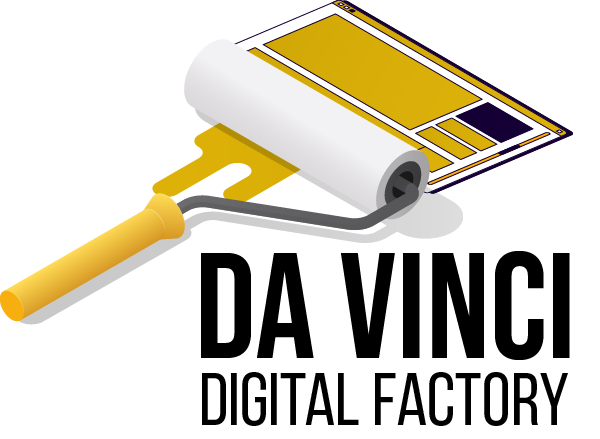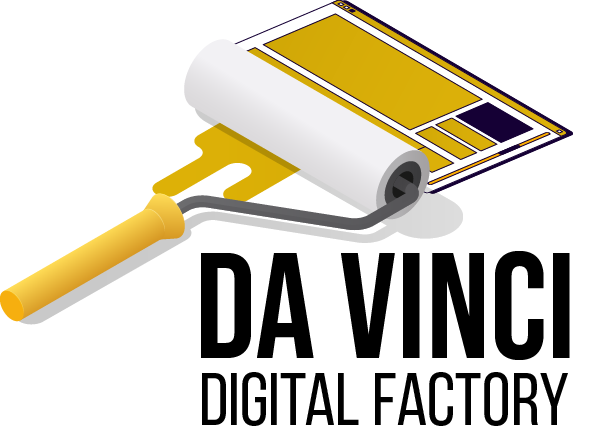Meta Tags
What are Meta Tags? Understand more about Title tags, Meta Descriptions and Meta Keywords. Also, find out what Open Graph is and what it is for.Meta tags are elements structured on a web page. These elements appear in search results and are primarily intended to attract users to the website.
A keyword-optimized meta tag is a search signal to search engines and can help with rankings.

As you can see, Title tags and Meta descriptions work together, presenting a summary of the theme of the content contained on that page, which is why it is so important that both are optimized and attractive to generate clicks.
Title tag:
The title tag is simply the title on the SERP (Search Engine Results Page), that is, the search engine results page. It is one of the main positioning factors, so is a subject that must be optimized.
Why is it important to optimize the title tag?
1. Good titles attract clicks;
2. If the title tag is not optimized, search engines may determine that your page is not of high quality;
3. They appear in browser tabs (to make it easier for the user to find the tabs):

4. Title tags are often what people see when a page is shared on social media:

How to Create an Optimized Title Tag
- Provide a short, and objective Title tag
Use titles on your page that generate good title tags. The title (H1) that appears on the page is long and descriptive, but the title tag should be short and to the point. Because shorter titles are easy to read and crawl in the case of search engines.
Also, if the title tag or meta description is too long, search engines will cut off your title and put an ellipsis (…).

Look:

Ideally, they should be the right size so that both users and search engines can read them completely. For the title tag, the proper length is 60 characters (this is an approximate number as the snippet limit is measured in pixels).
But beware: if they are too short, they can be ignored by the search engine and replaced by random snippets of content.
To help you with that, check out these preview tools for title tag and Meta description: Moz, Higher Visibility, and Mangools.
- Title tags must contain the main keyword
For your website to have better results on Google, use the main keyword as close as possible to the beginning of the title. This helps search engines and users identify the main topic early on.
Tip: Insert your keyword in the title in a natural way. It is preferable to place the keyword near the beginning, but this is not mandatory for good SEO.
- Use your brand name
Insert your brand name after your title, with a separation (dash or slash).
Example "Wheat beers | AB-InBev".
Remember not to exceed the character limit! (approximately 60 characters).
- Consider using different titles in the H1 tag and the Title tag
You can use different keywords in the title tag and in the H1 tag (we'll talk about it later).
- Beware of Duplicate Title Tags
Make sure your site doesn't have any duplicate title tags. Google explicitly says that "it's important to have distinct and descriptive titles for each page on your site." That way, don't copy and paste your title tags. This can be considered a serious error in the audit.
Google sometimes rewrites title tags. This happens so that the delivery of content is made directly and objectively to the user. If you find that your title tags are different, consider what can be done to optimize them, as per the instructions given above.
If you've followed the instructions, Google will keep your original title tags.
Check out more information about the title tag's Google search engine documentation update: October 2021
Check out more information about Tag Title at Google Titles Guide.
Meta description:
Although the Meta Description is not considered a ranking factor, it is very important to attract clicks, and its content must be synthesized.
To appear on Google uncut, the tag must be between 140 and 160 characters long (this is an approximate number, as the snippet limit is measured in pixels).
As explained above, the Meta Description appears along with the title tag in the SERP.
Therefore, it's important to take care of this topic, summarizing the content that will be covered on the page in question. The ideal is to use variations of the keyword used in the title tag (which comes from the page content, of course).
In this case, it's worth betting on Call To Action, that is, something that, in addition to describing its content, also encourages the user to take action.
Meta Keywords:
Meta keywords are a <meta> tag option that can be used to provide more information to search engines about the content on a page. Therefore, in this space, you must provide the main keywords of your page.
Previously, this element was inserted into the Head section of your page's HTML code and looked like this:
<meta name="keywords" content="Keyword1, Keyword2, Keyword3">
Although there are still analysts using a Meta Keyword, it has become outdated in recent years. That's why Semrush gathered SEO experts for a survey. To check the results, click here. (February 26, 2021)
There is no official maximum number of keywords that can be placed in the meta keyword tag, but it is recommended that it be between 200 and 250 characters long. Having too many keywords indicates a lack of focus on the page.
If you still have a lot of words, consider breaking it down into two more specific pages on the subject, for example.
Keyword Stuffing:
Keyword Stuffing is the name given to keyword excess, that is, an exaggerated repetition of keywords to manipulate search engines.
Current search engine algorithms are capable of detecting this technique, classified as Black Hat, that is, a punishable bad SEO practice (deletion of the page from the index). Therefore, when creating your Meta tags and content, beware of excessive keyword repetition.
Open Graph
In this section, you will enter the Meta tags used to optimize the page sharing card on social media.
Open Graph is an internet protocol, the first platform to use this feature was Facebook, with the objective to standardize the use of metadata on a webpage and deliver a better experience to the user.
It is through this set of metadata that social networks look on your page to highlight when a person likes your page or puts your URL in the feed, for example.

That is why it is so important that this space is optimized.

